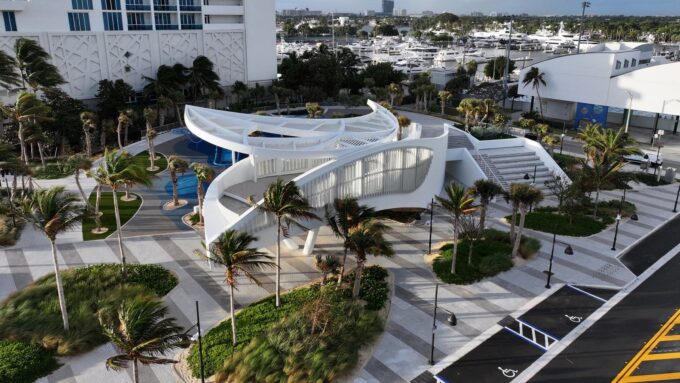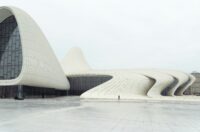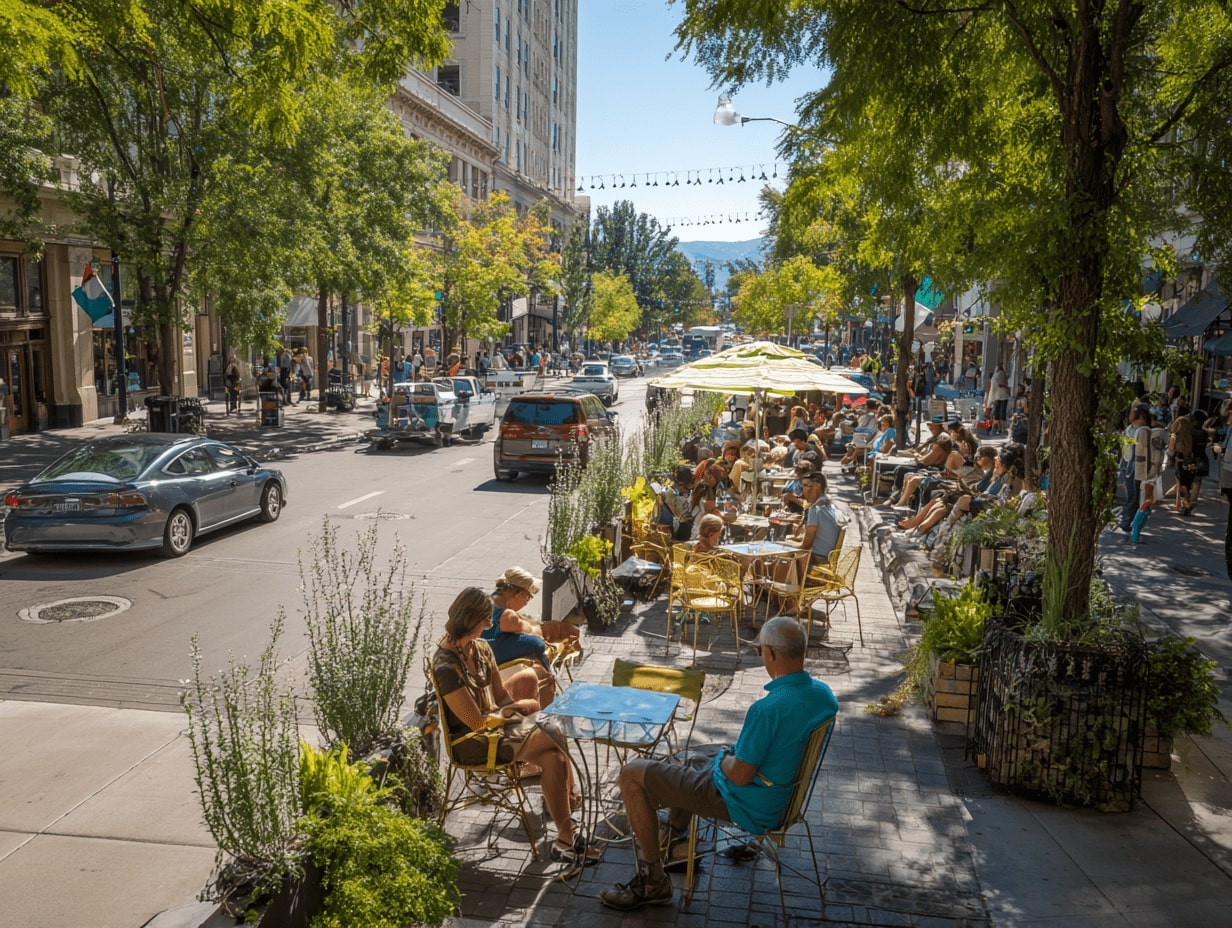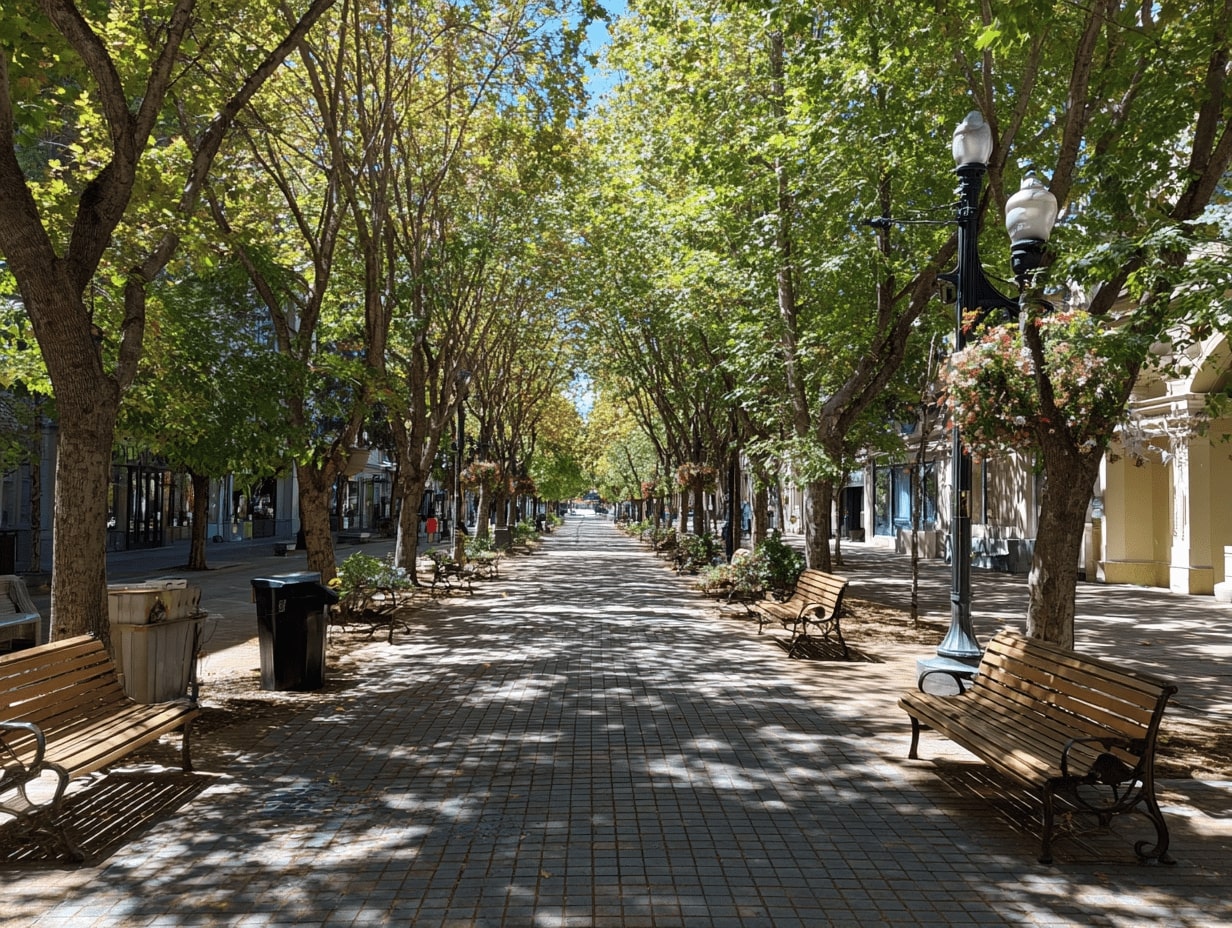- Home
- Articles
- Architectural Portfolio
- Architectral Presentation
- Inspirational Stories
- Architecture News
- Visualization
- BIM Industry
- Facade Design
- Parametric Design
- Career
- Landscape Architecture
- Construction
- Artificial Intelligence
- Sketching
- Design Softwares
- Diagrams
- Writing
- Architectural Tips
- Sustainability
- Courses
- Concept
- Technology
- History & Heritage
- Future of Architecture
- Guides & How-To
- Art & Culture
- Projects
- Interior Design
- Competitions
- Jobs
- Store
- Tools
- More
- Home
- Articles
- Architectural Portfolio
- Architectral Presentation
- Inspirational Stories
- Architecture News
- Visualization
- BIM Industry
- Facade Design
- Parametric Design
- Career
- Landscape Architecture
- Construction
- Artificial Intelligence
- Sketching
- Design Softwares
- Diagrams
- Writing
- Architectural Tips
- Sustainability
- Courses
- Concept
- Technology
- History & Heritage
- Future of Architecture
- Guides & How-To
- Art & Culture
- Projects
- Interior Design
- Competitions
- Jobs
- Store
- Tools
- More
The Architectural Impact on Urban Identity: Shaping Communities and City Character
Explore how architecture shapes urban identity in our insightful article. Discover the profound impact of buildings—from historic landmarks to modern eco-friendly designs—on community connection and pride. Learn about the delicate balance between preserving heritage and embracing innovation, and see case studies from cities like Chicago and Barcelona.

Architecture shapes our cities and reflects the unique character of urban environments. From towering skyscrapers to quaint historic buildings, the structures we see every day influence how we perceive our surroundings and connect with our communities. As we explore the relationship between architecture and urban identity, we’ll uncover how design choices can foster a sense of belonging and pride among residents.
In a world where cities are constantly evolving, understanding this impact becomes crucial. Architecture not only serves practical purposes but also tells the story of a place. By examining the interplay between built environments and cultural identity, we can appreciate how thoughtful design contributes to the vibrancy and uniqueness of urban life. Join us as we delve into the fascinating ways architecture shapes our urban identities and the lasting impressions it leaves on our communities.

Table of Contents
ToggleUnderstanding Urban Identity
Urban identity reflects the unique character and essence of a city. It’s shaped by various elements, particularly architecture, which influences how residents and visitors perceive and interact with urban spaces.

Definition and Importance
Urban identity encompasses the attributes and qualities that define a city, including its physical appearance, cultural heritage, and community values. Architectural elements contribute significantly to this identity by creating memorable skylines, livable spaces, and public gathering areas. Examples include iconic landmarks, diverse building styles, and historical sites. These elements foster local pride, generate a sense of belonging, and enhance the overall experience of urban life.
Factors Influencing Urban Identity
- Architecture: Unique structures, such as modern skyscrapers or historic theaters, serve as visual anchors for cities, influencing how residents perceive their environment.
- Culture: Local traditions and community practices help shape urban identity, with architecture reflecting cultural narratives through design and functionality.
- History: Historical architecture conveys stories of a city’s past, creating layers of meaning and associations for residents and tourists alike.
- Community Engagement: Involving communities in the design process fosters a sense of ownership and connection to the physical environment, ultimately enhancing urban identity.
- Economic Factors: Development trends and economic conditions influence architectural choices, affecting the character and appeal of urban areas.
- Sustainability: Increasing focus on sustainable design practices can reshape urban identities by prioritizing eco-friendly architecture and green spaces, promoting a progressive image.
Architectural Influence on Urban Identity
Architecture plays a crucial role in shaping urban identity. It reflects cultural narratives and influences how residents connect with their environment.

Historical Context
Historical architecture defines urban landscapes, showcasing a city’s evolution. Structures such as cathedrals, town halls, and warehouses represent distinct architectural styles, revealing societal values and aspirations throughout different eras. For instance, Gothic cathedrals exhibit religious significance, while industrial-era warehouses demonstrate economic progress. Architectural preservation maintains these legacies, fostering a sense of belonging and continuity within communities.
Modern Developments
Modern architectural practices emphasize innovation and sustainability, impacting urban identity significantly. Skyscrapers, eco-friendly buildings, and public infrastructures adapt to contemporary needs, reflecting technological advancements and environmental considerations. For example, the use of green roofs and solar panels not only promotes sustainability but also enhances aesthetic appeal. Urban renewal projects that incorporate modern design principles rejuvenate neglected areas, fostering community engagement and attracting new residents. Such developments contribute to a city’s unique character, reinforcing its identity in an ever-evolving urban landscape.
Case Studies
Case studies illustrate how architecture impacts urban identity, showcasing successful examples and valuable lessons learned.

Successful Examples
- Chicago’s Willis Tower
Chicago’s Willis Tower, formerly the Sears Tower, transformed the skyline and urban identity since its completion in 1973. The iconic design, featuring a unique bundled-tube construction, became a symbol of innovation. It attracts tourists, enhances local pride, and catalyzes businesses, reinforcing Chicago’s position as a global city.
- Barcelona’s Park Güell
Park Güell, designed by Antoni Gaudí, represents a harmonious blend of architecture and nature, contributing to Barcelona’s unique identity. The vibrant mosaics and organic shapes encourage community interaction and tourism. Its UNESCO World Heritage status highlights the importance of preserving cultural landmarks for future generations.
- Copenhagen’s 8 House
The 8 House, designed by Bjarke Ingels Group, showcases sustainable urban living in Copenhagen. The mixed-use development fosters community engagement through its innovative design and pedestrian-friendly features. The integration of residential, commercial, and recreational spaces creates a vibrant lifestyle, enhancing Copenhagen’s identity as a leader in sustainable architecture.
Lessons Learned
- Cultural Reflection
Successful architectural projects often reflect the culture and history of their cities. Understanding local narratives fosters a deeper connection between structures and the community.
- Community Engagement
Engaging local communities during the design process shapes identity by incorporating resident feedback. Collaborating with stakeholders leads to spaces that resonate with the population, enhancing overall satisfaction.
- Sustainability Matters
Prioritizing sustainability in architectural designs not only meets current needs but also addresses future challenges. Implementing eco-friendly practices fosters a long-lasting identity rooted in responsibility.
- Innovation Drives Identity
Modern architectural innovation significantly influences urban perception. Unique designs that challenge conventional aesthetics attract attention and inspire local pride, making cities memorable.
Challenges and Considerations
Architecture significantly impacts urban identity, presenting various challenges and considerations. We must navigate the delicate balance between preserving cultural heritage and accommodating modern needs to foster a vibrant cityscape.

Balancing Heritage and Modernity
Balancing heritage and modernity poses a challenge for architects and urban planners. We observe that preserving historic structures ensures continuity and authenticity while accommodating contemporary design fosters innovation and progress. For instance, integrating new building materials with existing historical designs can create a harmonious blend. Striking this balance enhances urban identity, appealing to both long-term residents and new arrivals. Successful examples include adaptive reuse projects that transform warehouses into cultural hubs, merging the past with the present.
Community Engagement
Community engagement plays a crucial role in shaping urban architecture. We understand that involving residents in the design process cultivates ownership and pride. Effective community outreach strategies, such as public forums and workshops, facilitate open dialogue and gather diverse perspectives. Engaging stakeholders ensures proposed designs reflect local values and interests, ultimately enhancing urban identity. Projects that incorporate feedback often succeed in resonating with the community, leading to sustainable and impactful urban environments.
Conclusion
Architecture profoundly influences urban identity, shaping how we experience and engage with our cities. Structures, from modern skyscrapers to historic landmarks, define the character and essence of urban environments. Architectural features create visual landmarks, foster community pride, and contribute to a city’s unique narrative, reflecting local culture and history.
Preservation of historical buildings reinforces a sense of belonging and continuity. This connection deepens as residents see their environment’s reflection of cultural values and traditions. Through examples like Chicago’s Willis Tower and Barcelona’s Park Güell, we see how thoughtful design resonates with local narratives, engaging communities in the architectural process.
Balancing heritage with modern innovation is crucial. By integrating eco-friendly practices and contemporary design, we can rejuvenate urban landscapes while promoting sustainability. Community involvement in these projects ensures diverse perspectives lead to outcomes that reflect local values and enhance urban identity.
The interplay between architecture and urban identity remains vital in fostering connected, vibrant communities. Through meaningful design, we can create spaces that inspire pride, preserve history, and embrace innovation.
- architectural city identity
- architectural identity
- architectural identity urban
- architectural influence on urban design
- architecture and urban culture
- city identity through architecture
- cityscape transformation
- impact of architecture on cities
- modern urban architecture
- urban architectural impact
- Urban Architecture
- urban development architecture
- urban identity design
- urban planning architecture
- urban revitalization architecture
I create and manage digital content for architecture-focused platforms, specializing in blog writing, short-form video editing, visual content production, and social media coordination. With a strong background in project and team management, I bring structure and creativity to every stage of content production. My skills in marketing, visual design, and strategic planning enable me to deliver impactful, brand-aligned results.
Submit your architectural projects
Follow these steps for submission your project. Submission FormLatest Posts
Architecture as Infrastructure: Designing Beyond Buildings
Architecture as infrastructure reframes cities as systems—flows, lifecycles, and value. Explore resilient...
Designing for Emotional Urbanism: How We Shape Cities People Actually Feel Good In
Emotional Urbanism: a practical guide to design that reduces stress, boosts dwell...
How Urban Design Evolves Like Nature
How urban design evolves like nature: a practical guide to adaptive cities...
Why Walkable Cities Make Us Happier: Science, Design, and Daily Joy
Walkable cities make us happier: less stress, built-in exercise, stronger community. Explore...












Leave a comment